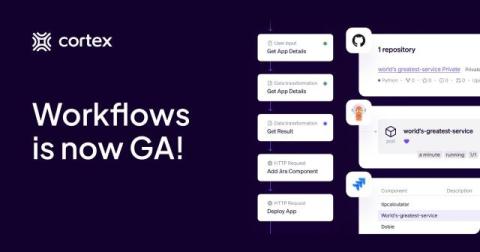Smooth Sailing to Amazon EKS: How Cortex Scorecards Simplify Your Kubernetes Migration
Migrating a Kubernetes cluster from a self-hosted environment to Amazon EKS (Elastic Kubernetes Service) offers considerable operational benefits—but this transition also brings challenges in reliability, compliance, and observability. By leveraging Cortex Scorecards, teams gain clear insights and structured benchmarks to simplify and improve the migration process. Here’s how Cortex Scorecards can make your EKS migration efficient and resilient.











